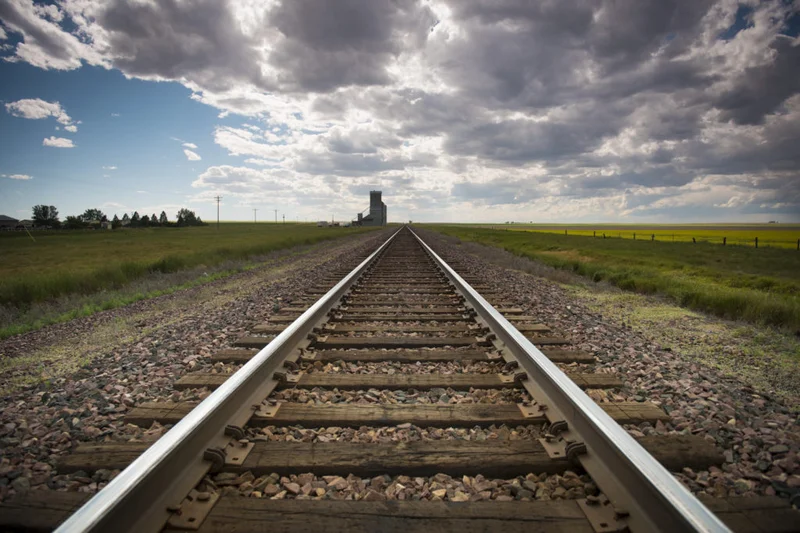Okay, let's be real. "Proof that catastrophe is the only way anything gets fixed?" Sounds about right for this country. We wait until 78 people are dead and 363 are injured before we decide, "Hey, maybe this whole Long Island Rail Road thing needs a little...attention?"
Seventy-five years ago, Thanksgiving Eve, 1950. The LIRR, already a joke thanks to the Pennsylvania Railroad's utter neglect, turned into a goddamn horror show. Two trains, a stalled local and a speeding express, met in a twisted metal embrace near Kew Gardens. The result? A scene straight out of a nightmare, according to a Newsday reporter who was there: "absolute pandemonium...confusion. Total chaos. It is, I think, the single worst thing I've ever seen."
Before the crash, the LIRR was basically the "Death Valley Railroad," according to then-Queens DA Charles P. Sullivan. An "open invitation to the morgue." Nice. You gotta love the optimism. And the Pennsylvania Railroad? They were too busy counting their pennies (or not counting them, since they were bleeding money) to bother with safety upgrades. Automatic Speed Control? Nah, too expensive. Let's just keep running these death traps and see what happens.
What happened was 78 dead. That's what happened.
It's easy to say "never forget," but how many people actually remember this? It's not like we're lining up to visit a Long Island Railroad museum offcourse. We’re too busy complaining about delays and overpriced fares. Which, fair point, but still...
The crash forced the state to step in. Finally. Gov. Thomas Dewey, probably realizing his political career was on the line if he didn't do something, condemned the railroad. The state took over, threw some money at the problem, and, lo and behold, things actually got better. New train cars, modernization projects, and, yes, that fancy Automatic Speed Control system they were too cheap to install before.
"The operating rules of the LIRR are written in blood," says historian David M. Morrison. Dark, but true. It took a massive tragedy to force them to prioritize safety. You know, the thing they should have been doing all along.

And here's the kicker: The LIRR actually became one of the safest commuter railroads in the country. One passenger death as a result of a crash or derailment since 1962. That's...actually impressive. Consider how many people die on the LIE every year.
But wait, is it really progress if it takes a disaster of this magnitude to get there?
And let's not forget the human cost. People like Frank Zachmann, a World War II vet who survived a bomber crash only to be killed on his train ride home. Or George L. Brown and his son, Stephen, coming home from college for Thanksgiving. Or the poor sap in that Newsday photo, "On His Way Home," blood trickling down his face...
Suddenly, I'm feeling a little less cynical. A little.
I mean, who am I kidding? I'm always cynical. But this...this is just depressing.
It makes you wonder what other ticking time bombs are out there, waiting for their moment to explode. What other corners are being cut, what other safety measures are being ignored in the name of profit or convenience?
Maybe I should just stick to complaining about social media algorithms. It's less morbid.
That's what it looks like. We wait until the bodies pile up before anyone gives a damn. And that, my friends, is the American way.